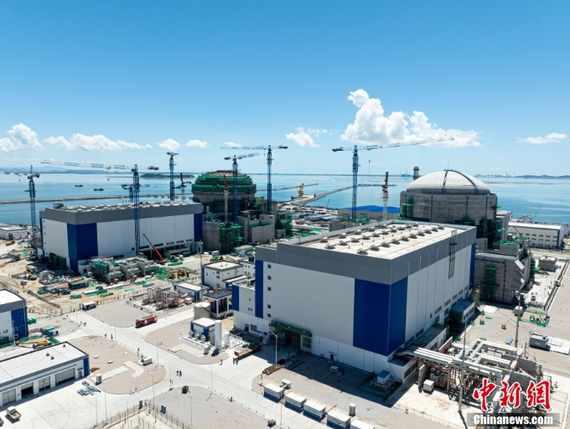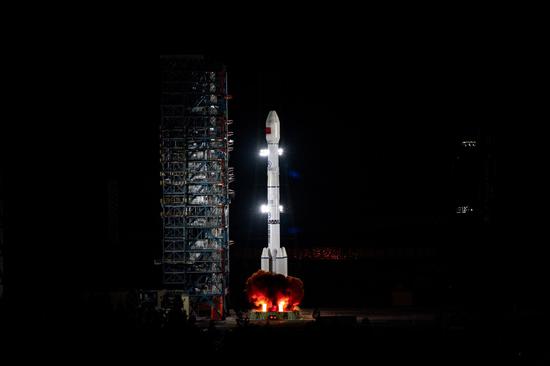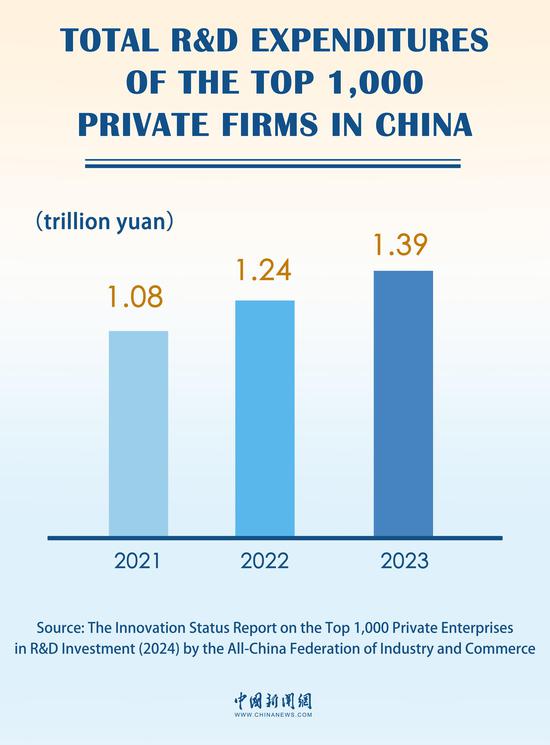(ECNS) -- With over 27 million kilowatts of projects underway, China’s nuclear power development is accelerating in 2025. As new reactors start operating, it is leading the way in nuclear technology.
"Small" nuclear power units make a big Impact
As of 2024, China has 57 operational nuclear power units, with a total installed capacity of 59.43 million kilowatts, according to National Nuclear Safety Administration (NNSA).

NNSA data shows that in 2024, despite accounting for less than 2 percent of the country's total installed power capacity, nuclear power contributes 4.7 percent of the national electricity generation.
Two nuclear power units were put into operation in the same year. Now, several projects are under construction in six provinces, with a total installed capacity exceeding 27 million kilowatts.
Yet, China's first self-built nuclear power plant Qinshan was, launched just 34 years ago, with an initial generation capacity of only 300,000 kilowatts.
In this sense, over the past 30 years, China's installed nuclear power capacity has surged nearly 200-fold.
China becomes the world’s new nuclear energy superstar
According to HuffPost, “China is on a clear course to become the world’s first 'electrostate'”.
Take its domestically designed, third-generation Hualong One nuclear technology as example. Each unit generates over 10 billion kilowatt-hours of electricity per year, reducing carbon emissions by 8.16 million metric tons.
In addition to its environmental benefits, Hualong One incorporates design features such as a double-layer safety shell, passive cooling system, and five levels of defense, boasting strong international competitiveness.
The "Hualong One" has not only passed strict assessments by the UK but has also been exported to Argentina and Pakistan, further boosting global confidence in China's nuclear power development.
In addition, China has made groundbreaking progress in the field of small modular reactors (SMR).
Due to SMR’s low cost, wide applicability, and flexible deployment, tech giants like Google and Microsoft have entered the sector to address the growing demand for electricity driven by AI.
In contrast to the West, China took the lead with a key step. By the end of 2024, at the Changjiang Nuclear Power Base in Hainan Province, China completed the world's first commercial SMR, "Linglong One," successfully transferring power from the main source. This achievement positions China's technology among the world's best.
As fourth-generation nuclear power technology, which uses new coolants instead of water, matures, the country may soon be able to build nuclear plants in inland regions or even deserts. In the future, large-scale nuclear heating in southern China during winter could become a reality.
Local governments support nuclear power industry
Local governments across China are showing enthusiasm in promoting nuclear power development.
Despite not having a nuclear power plant, Shanghai has shown active support for the industry. After introducing a high-quality nuclear power development action plan last year, the city included its support plan in its government work report at the beginning of this year.
Shandong has designated the launch of nuclear power projects as a key focus for 2025. If approved, these projects could add 5.5 million kilowatts of installed nuclear capacity, accounting for 8.5 percent of the world's total nuclear capacity currently under construction.
China’s nuclear power sector is set to continue its rapid growth. Accroding to the China Nuclear Energy Development Report 2021, the country's installed nuclear power capacity in operation is expected to reach 120 million kilowatts by 2030.


















































 京公网安备 11010202009201号
京公网安备 11010202009201号